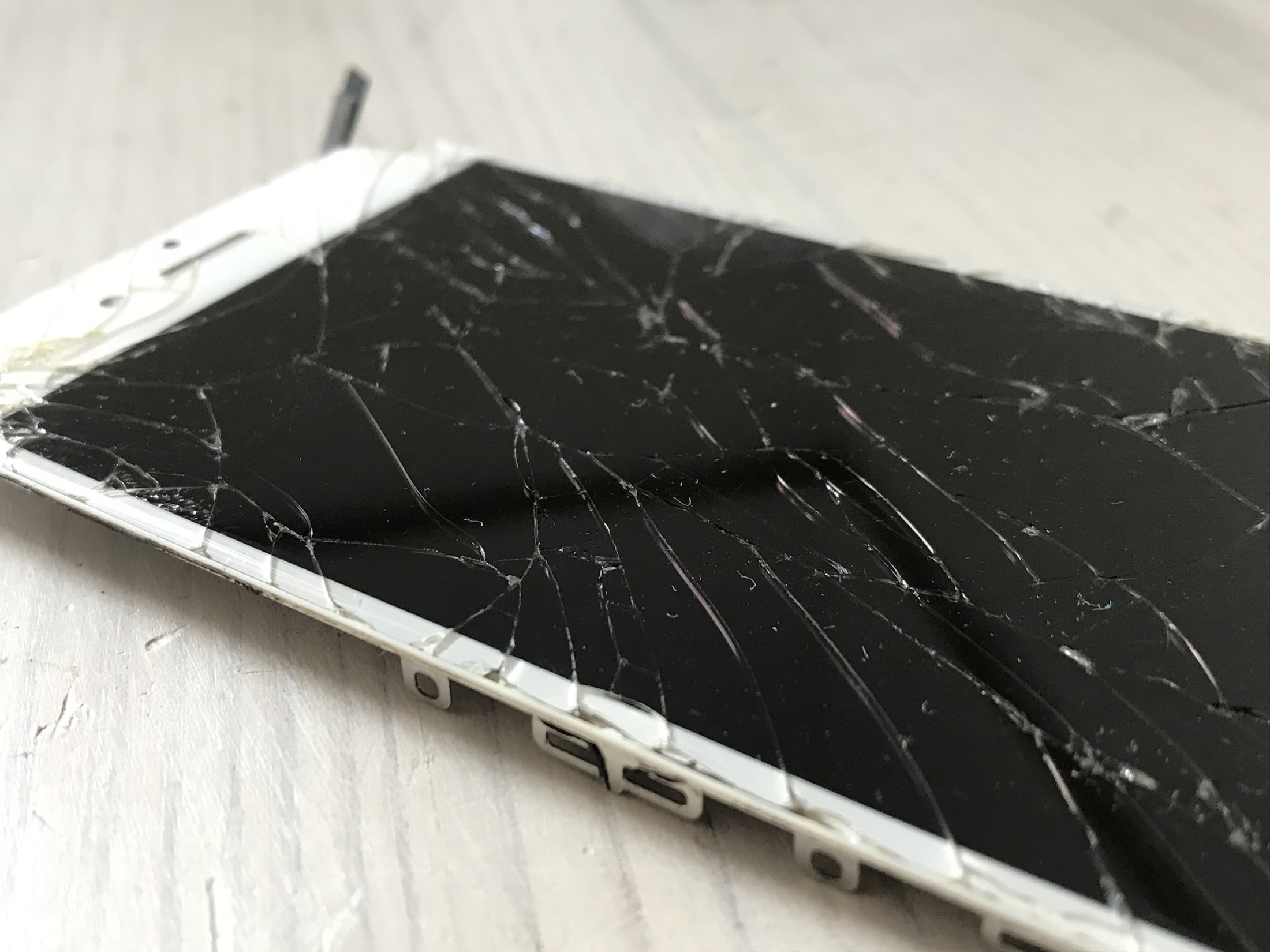The German government would like to introduce a spare parts supply and software update obligation for smartphones for at least seven years, as heise reports.
The EU is currently discussing how long the period should be for the two areas mentioned, currently it is probably at five years. Germany is lobbying for two more years. The regulation is intended to ensure that smartphones can be used safely on the network for at least seven years. The supply of spare parts is intended to ensure that more devices are repaired or can even be repaired for the first time, thus eliminating the need to buy new ones, which is much more environmentally friendly.
To improve the situation for customers, Germany is also considering fast delivery of spare parts: it should take no more than five days for a manufacturer’s spare part to reach the customer. This is intended to prevent customers from having to reach for a new cell phone.
It will be interesting to see how the established manufacturers intend to implement this if the regulation comes into force in this way. It is very welcome that sustainability is emphasized and emissions are avoided as much as possible. However, it will probably be a huge cost factor for providers of inexpensive smartphones to keep all spare parts for all models on offer. The situation with cheap Android smartphones, whose software version is already outdated at the time of delivery, is also interesting. Strictly speaking, these would have to disappear completely from the market.
Apple already meets the requirements in many areas
Apple would be in a relatively comfortable situation with this law. First, the devices are relatively high-priced and offer a lot of margin, and secondly, they are of high quality and last a long time anyway. In terms of software support, Apple has already extended the support period in recent times. Security updates are now also available for devices with iOS 12, so the oldest device would be an iPhone 5s from 2013, which is now eight years old. The oldest device that will receive the upcoming iOS 15 is the 6s from 2015, so the software support is already seven years old.
The period for repairs is also long at Apple: all devices down to the 5s are still repaired. Nevertheless, the law would have serious advantages for the end customer: After all, Apple only offers three repair areas. Battery, display and everything else. The battery prices are reasonable and almost cheap in terms of the amount of work and the battery quality, while the display prices are quite high due to the quality. It is problematic when you have another defect: Apple only offers you a complete exchange of the device for several hundred bucks – which usually does not make economic sense.
This might especially annoy users of iPhones with Face ID: If the electronics fail, Apple simply refuses to repair the Face ID elements. A law would therefore be very advantageous here. Also because it should prevent Apple’s recent bad habit of turning off certain functions of the iPhones after installing replacement parts. Users of iMacs may also have found themselves in this situation before: Namely, if the iMac is still getting updates but has already run out of replacement parts, then you may look elsewhere for a replacement for a damaged display.
The constant reuse of the same design has logistical advantages
Still, Apple should be well prepared for the law: The software support is there and the variety of devices is manageable. Moreover, similar components have been used over several generations. The displays of iPhone 5, 5s and SE are the same, as are those of iPhone 6, 6s, 7, 8 and SE. You could also say that Apple assembles current phones from spare parts – apart from the much faster inner workings and the better cameras, of course. But whether Apple manufactures a display for the current SE 2 or configures the display with cables as a spare part for the iPhone 6 makes almost no difference.
Essentially, the law wants to force the company to fix problems like Face ID at a reasonable price, for which the flat rate of $549 is simply a way to fend off repairs.




